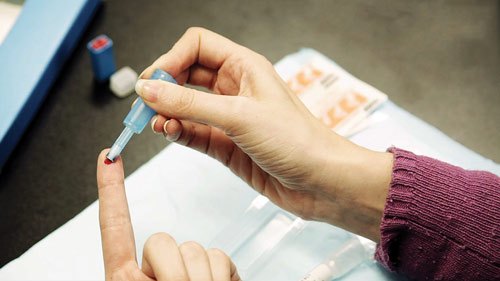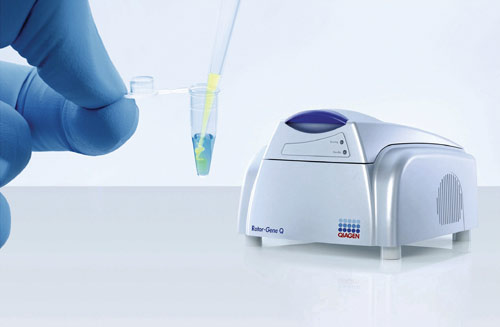Roche is acquiring Ariosa Diagnostics, a San Jose-based molecular diagnostics testing service provider that offers non-invasive prenatal testing (NIPT) through their CLIA laboratory using cell-free DNA (cfDNA) technology.
Ariosa’s Harmony Prenatal Test is designed to assess the risk of Down syndrome and other genetic abnormalities by evaluating fetal cfDNA found in maternal blood. Specifically, the test assesses the risk of...
Thermo Fisher Scientific and Samsung Electronics will jointly design, develop, and market new point-of-care (POC) solutions in key applications, such as the detection of sepsis, drugs of abuse, and therapeutic drug monitoring as well as the detection of cardiac problems and women’s health conditions.
“Samsung has developed a compelling and innovative suite of POC platforms,” said Marc Tremblay, Ph.D., president...
Genomic technologies enabling relatively simple, rapid, and costeffective high-throughput testing of RNA-based multiplexed signatures in blood samples would greatly facilitate wide-scale adoption of molecular diagnostic tests in clinical medicine. Tests like CardioDx’ Corus CAD and CAREDx’ Allomap represent the first generation of products designed to improve diagnosis, predict therapeutic response, monitor drug responses in patients, and determine disease prognosis from a simple blood draw. This emerging class of tests known as IVDMIA tests is...
Combining genomic and proteomic techniques can reveal important insights to unlock complex biological function. The exploration of methods for integrating large genomic and proteomic datasets is gaining traction due to improved bioinformatics and the public availability of well-organized, searchable data. Also, by merging RNA sequencing with mass spectrometry and improving bioinformatics, scientists can strategically select from a much broader range of investigational techniques and take advantage of complementary...
The polymerase chain reaction (PCR), invented about three decades ago, soon entered mainstream use thanks to an ongoing series of refinements.
One particularly important refinement, introduced about two decades ago, is the “real time” quantification of DNA. The idea is to trace the rising level of DNA throughout the amplification step, and not just measure the final amount of amplified...
On July 31, the Food and Drug Administration (FDA) notified Congress that it intended to issue two draft guidances regulating Laboratory Developed Tests (LDT’s). See our previous coverage. While the Energy and Commerce Committee House Subcommittee on Health did hold a hearing on September 9, Congress took no steps to block the issuance of the documents. On October 3,...
The explosive growth of DNA-based diagnostics empowers us to take a closer look at our own health and to demand answers from healthcare providers to questions that have never been asked before. Even if we do not fully understand the clinical relevance of most of the genetic changes, the information that has been validated is significant enough to change...
Since the development of the first companion diagnostic for Herceptin was introduced more than 10 years ago, the development paths for these tests have followed the same formula: stratify patients by identifying a single marker that can predict the likelihood that a single therapeutic will or won’t be an effective form of treatment.
From a clinical standpoint, a companion diagnostic (CDx)...
The fourteenth issue of Clinical OMICs is available now! Check it out by clicking on the link below.
ARUP Laboratories will join the PierianDx partner network to share tools, assays, and clinical information in an initiative to improve the personalized interpretation of next-generation sequencing (NGS) clinical diagnostic tests.
ARUP will use PierianDx’s workflow management tools and NGS knowledge base to more effectively and quickly access its own knowledge base of variants and clinical outcomes, as well as benefit...


















